Have you ever wondered what it’s like to immerse yourself in the vibrant world of birds right in the heart of a bustling city? Prospect Park offers a fantastic opportunity to connect with nature and experience the joys of bird watching.
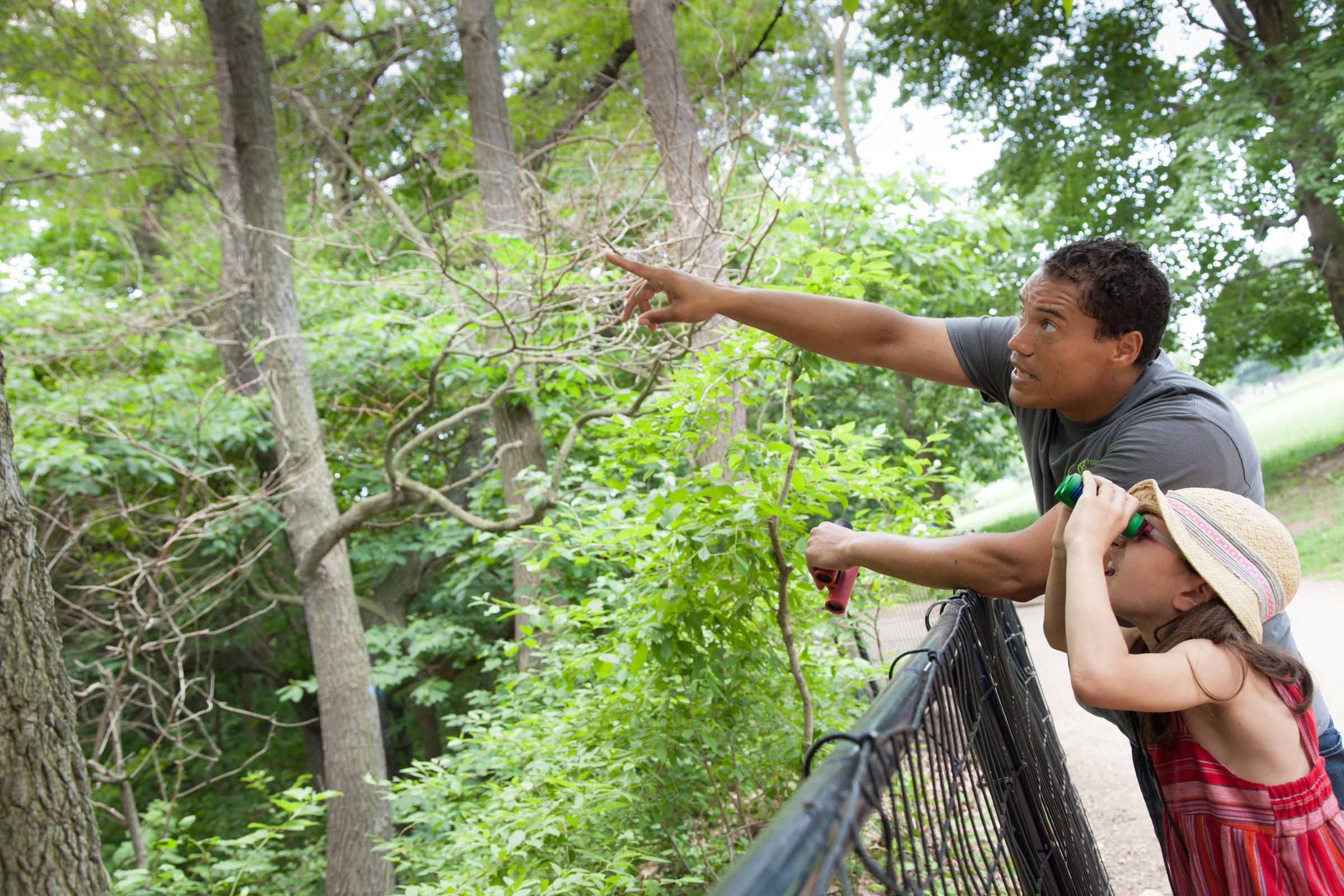
This image is property of ny.audubon.org.
The Beauty of Prospect Park
Prospect Park is not just a green space; it’s a haven for wildlife, including numerous bird species that grace this urban landscape. Designed by the same architects behind New York City’s Central Park, this park spans over 585 acres and offers a diverse range of habitats that attract both migratory and resident birds.
Varied Habitats
One of the reasons Prospect Park is such an excellent location for bird watching is its diverse ecosystems. From woodlands to meadows, lakes, and streams, the park offers various environments where birds can thrive.
| Habitat Type | Features | Birds Commonly Found |
|---|---|---|
| Woodlands | Dense trees, underbrush | Warblers, Cardinals, Woodpeckers |
| Meadows | Open fields with wildflowers | Sparrows, Goldfinches, Pipits |
| Lakes | Open water and shorelines | Ducks, Herons, Geese |
| Streams | Flowing water with banks | Kingfishers, Dipper, Swallows |
Each habitat presents a unique opportunity to spot different species of birds, contributing to a rich birdwatching experience.
Best Times for Bird Watching
Timing plays a crucial role when it comes to observing birds. Different seasons and times of day can significantly affect your chances of sighting various species.
Seasonal Patterns
Bird activity changes throughout the year. Understanding these patterns can enhance your birdwatching success.
-
Spring: This is often regarded as the best time for birdwatching, as migratory birds return to the area to nest. You’ll find vibrant songbirds and raptors soaring in the sky.
-
Summer: While many of the migratory species may have settled and may not be as active, you can still see nesting behaviors and their young, exploring the area.
-
Fall: This season brings another migration, with various species passing through on their way south. It’s exciting to see the variety of birds that stop for a brief rest.
-
Winter: While it can be quieter in terms of species variety, some birds like ducks, geese, and winter songbirds are still present in the park.
Time of Day
Birds are generally most active during the early morning hours and just before dusk. Early mornings offer the best chance to witness the singing of resident birds and the arrival of migratory ones.
Equipment for Bird Watching
Having the right equipment can make your birdwatching experience more enjoyable and productive. Here are some basic items to consider investing in:
Binoculars
A good pair of binoculars is crucial. They allow you to observe birds up close without disturbing them. When selecting binoculars, look for:
- Magnification: A common choice is 8×42, which balances clarity and brightness suitable for most birdwatching scenarios.
- Field of View: A wider field makes it easier to track moving birds.
- Lightweight: Since you’ll likely be carrying them around, choose a pair that’s comfortable to hold for extended periods.
Field Guide
A field guide tailored for your region can help you identify birds by their appearance, songs, and habitats. You might consider:
- Printed Books: Traditional field guides like “The Sibley Guide to Birds” are invaluable.
- Apps: Modern bird identification apps offer a wealth of multimedia resources, including calls, images, and even location-based birding tips.
Notebook and Pen
Many bird watchers keep a journal. Recording your observations can help track species over time and improve your identification skills.
Techniques for Spotting Birds
Certain techniques can increase your chances of spotting birds and enjoying your experience in the park:
Patience is Key
Birdwatching requires patience. Taking your time allows you to absorb the natural environment around you and increases the chances of a sighting.
Move Silently
Many birds are sensitive to sound. Move quietly and avoid sudden movements. When you spot a bird, try to stay still and observe for a while.
Observation Points
Prospect Park has several prime locations for bird watching, including:
- The Nethermead: This open area in the park is perfect for spotting songbirds flitting through the grass and trees.
- The Lake: Observing from the banks can yield sightings of waterfowl and other birds attracted to the water.
Use of Bird Calls
Incorporating bird calls can enhance your experience. Use apps or recordings to mimic bird calls. This method can encourage birds to approach, but use it sparingly to avoid disturbing them.
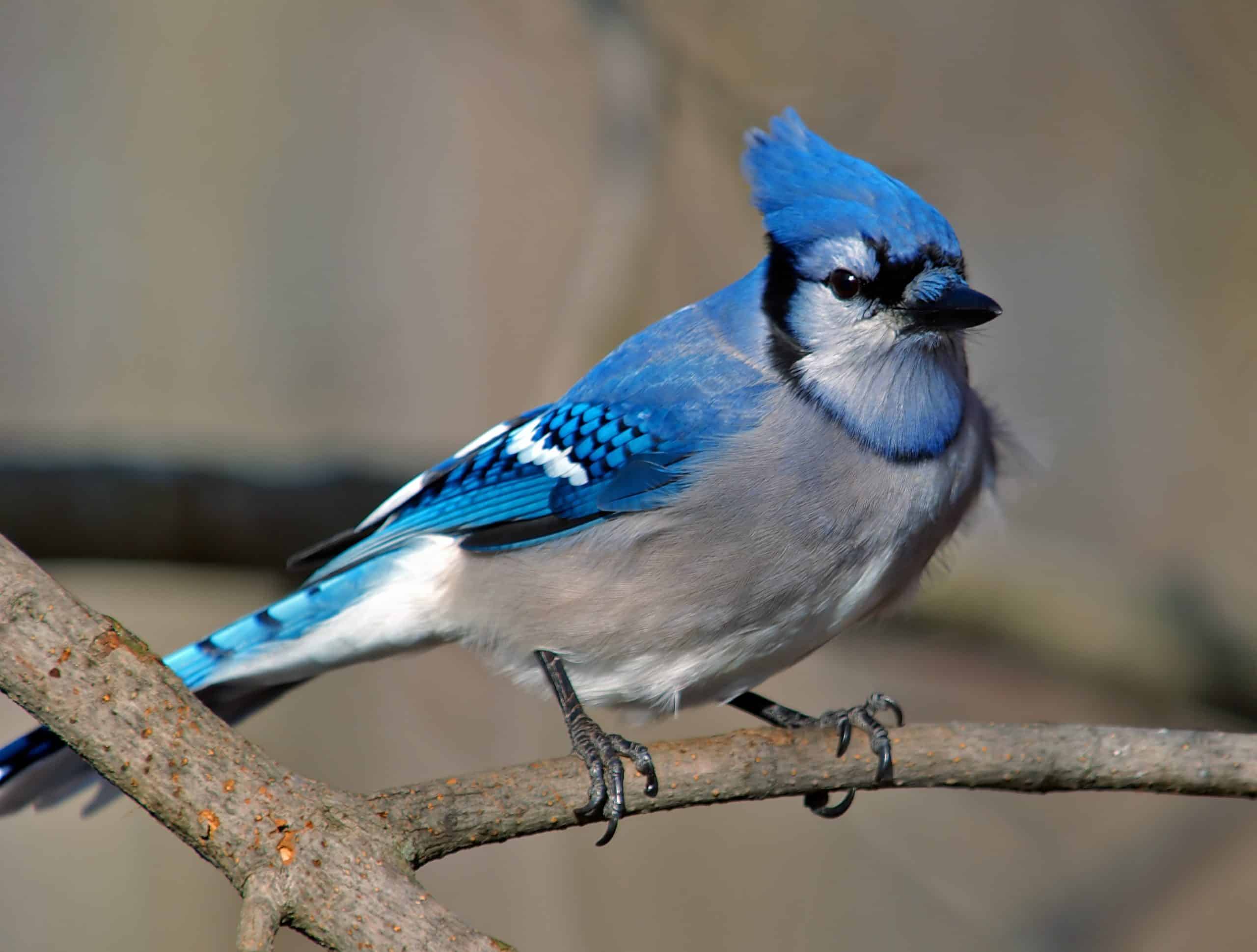
This image is property of www.prospectpark.org.
Bird Species of Prospect Park
The range of birds in Prospect Park is extensive, with over 200 species recorded throughout the year. Here are some common species you might encounter:
Resident Birds
These are birds that stay in the park year-round, often nesting and foraging within the area.
- Northern Cardinal: With its striking red color, the male is hard to miss, often found in shrubby areas.
- Blue Jay: Known for their intelligence and distinctive calls, these birds are striking with their blue coloration and are often seen in the area.
Migratory Birds
Each spring and fall, numerous migratory birds pass through or stop to nest in Prospect Park, providing a unique birdwatching experience.
- American Redstart: A small, colorful warbler that is prevalent during migration, often seen flitting through the underbrush.
- Black-throated Blue Warbler: A beautifully patterned bird often found in the wooded areas during the spring migration.
Birds of Prey
Keeping an eye to the sky can reveal magnificent raptors soaring above.
- Red-tailed Hawk: Frequently seen in the park, they often perch on high branches looking for prey.
- Bald Eagle: Occasionally spotted, this magnificent bird adds an element of thrill to birdwatching in the park.
Participating in Bird Watching Activities
In addition to your personal birdwatching endeavors, consider participating in community activities designed to enhance the experience.
Bird Walks and Tours
Many organizations within New York City, including the Prospect Park Alliance, offer guided bird walks where experienced birders share their know-how. This is a fantastic way to learn about local species and hone your skills.
Workshops and Lectures
Throughout the year, there are workshops and lectures focusing on birdwatching techniques, conservation, and specific bird species. These events can deepen your understanding and appreciation of avian life.
Conservation Efforts
Getting involved in local conservation efforts helps protect the habitats that birds depend on. Joining groups that focus on maintaining and preserving Prospect Park can contribute positively to the ecosystem.
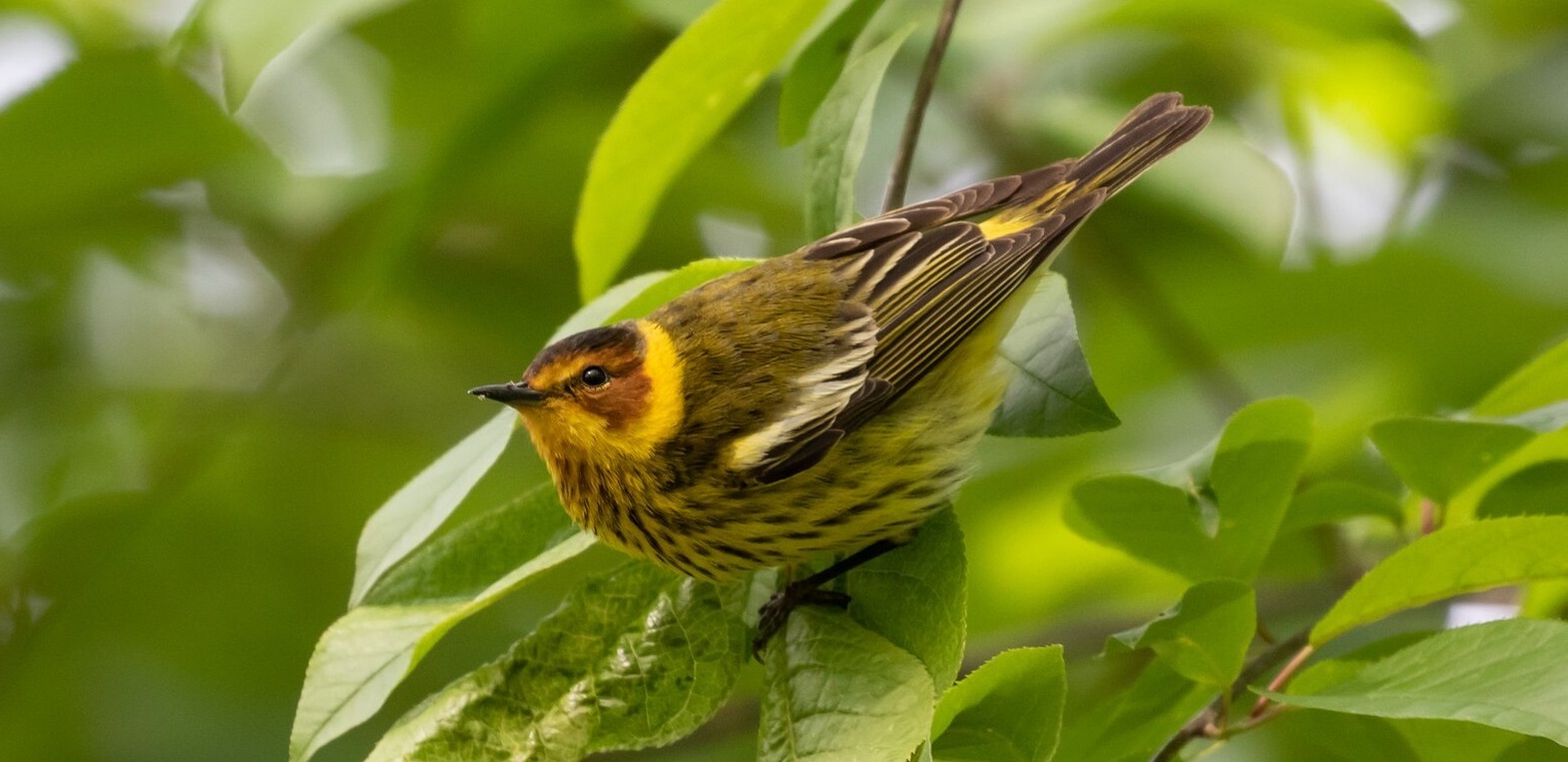
This image is property of nycbirdalliance.org.
Bird Photography
For many, combining birdwatching with photography amplifies the experience. Capturing images of birds can be rewarding and challenging.
Tips for Bird Photography
- Be Patient: Like birdwatching, bird photography requires patience. Wait for the right moment to press the shutter.
- Optics Matter: A good camera with a zoom lens will help you capture images without getting too close to the subject.
- Learn the Basics: Understanding photography fundamentals—like light, composition, and settings—can significantly enhance your bird photography.
Sharing Your Shots
Once you’ve captured some stunning bird images, consider sharing them with the online community or participating in local contests. Not only is this a way to seek feedback, but it can also foster connections with other bird enthusiasts.
Promoting Bird Conservation
Birdwatching isn’t just about enjoying nature; it’s also an opportunity to promote and practice conservation efforts.
Understanding Habitat Needs
As you learn more about different bird species, recognize the importance of their habitats. Supporting organizations that preserve natural spaces allows future generations to enjoy these experiences, as you do.
Engage in Citizen Science
Participating in citizen science initiatives—like the Christmas Bird Count or eBird—lets you contribute valuable data about bird populations and their movements. This information is essential for conservation efforts globally.
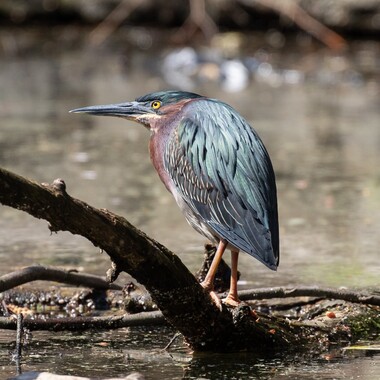
This image is property of nycbirdalliance.org.
Connecting with Other Bird Watchers
Finding a community of like-minded individuals makes the birdwatching journey more enjoyable.
Joining Local Clubs
Many cities, including Brooklyn, have birding clubs that organize outings, discussions, and workshops. Joining such a club can introduce you to fellow bird watchers and enhance your knowledge.
Online Forums and Social Media
Online platforms like birdwatching forums, Facebook groups, and Instagram can connect you with enthusiasts beyond your local area. Sharing experiences, tips, and photographs can enrich your birdwatching adventures.
Bird Watching Etiquette
While enjoying the wonders of birdwatching, it’s essential to adhere to some basic principles of etiquette.
Respect Wildlife
Always remember that you’re a visitor in their world. Observe from a distance, avoid feeding wild birds, and never disturb nests to ensure a sustainable environment for all.
Maintain Good Manners with Other Birders
In crowded viewing spots, be courteous. If you’re using binoculars or a camera, watch your surroundings so others can also enjoy the view. Sharing spotting information can foster community spirit among fellow birders.
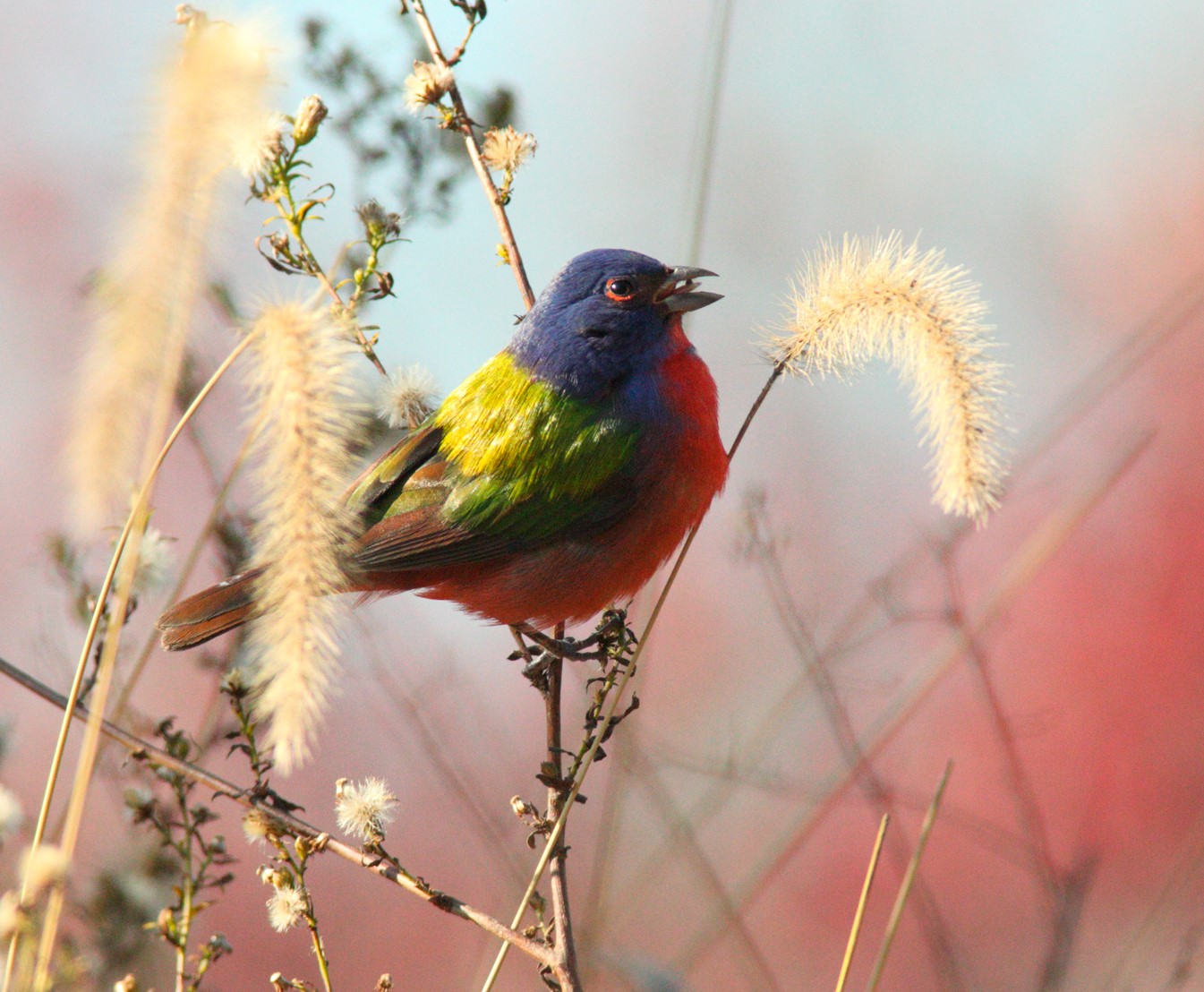
This image is property of nycaudubon.org.
Conclusion
Bird watching in Prospect Park is a three-dimensional experience that allows you to connect with the beauty of nature, learn about avian diversity, and engage with a community passionate about the environment. It’s about finding joy in the small moments—the flutter of wings, the vibrant colors, and the melodic songs that fill the air. So next time you find yourself in the park, take a moment to pause and listen; you might just discover the wonders that await you. Happy birding!

